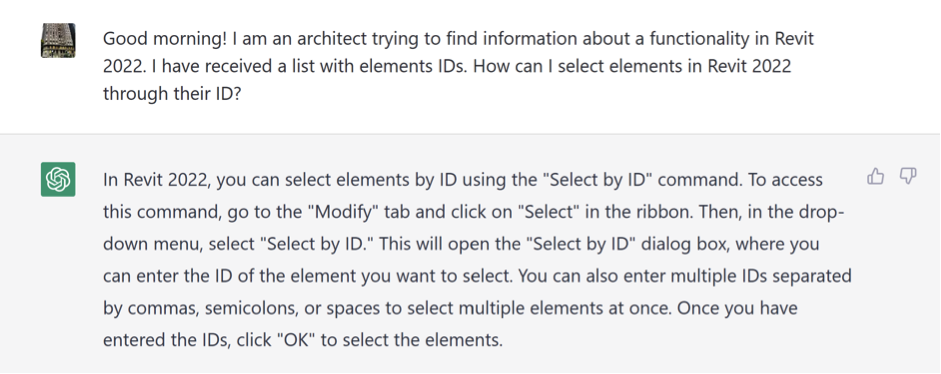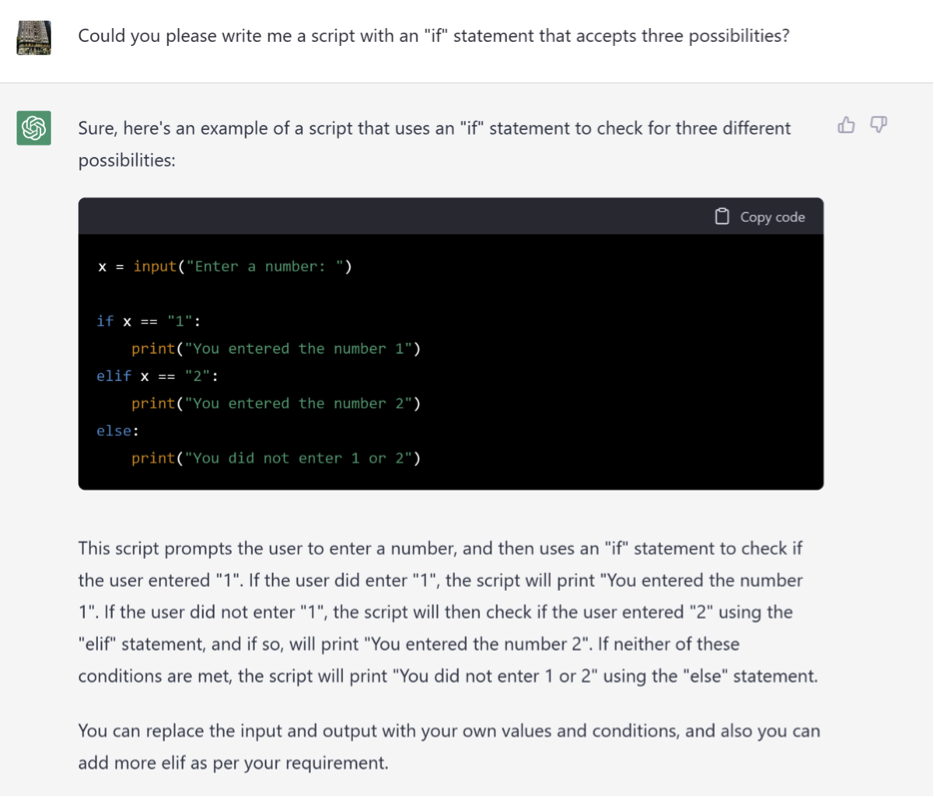
ChatGPT, the AI-driven natural language processor, is all the rage. The question is: can it benefit construction? In this first instalment of a two-part investigation, BIM Academy digital consultant Murillo Piazzi describes his experiments with ChatGPT and the outcomes.
Remember the days when we would leaf through the pages of an Encyclopaedia Britannica to find some information about a given topic? I particularly enjoyed the smell of the large old encyclopaedia tomes that we had when I was growing up. However, as a generation, we have swiftly moved on with the creation of the internet, closely followed by the all-knowing genius that is Google. As a result, our past sensorial experiences are now simply nostalgia.
We are living in an age that has witnessed a monumental shift in the way we interact with information. The speed at which we can now find what we want and the amount of information on that given topic is astronomical. And the most impressive part is that information will never stop being generated: it is endless.
Therefore I ask, are we in the midst of a new information revolution?
The recent popularisation of AI has the potential to completely change the way we interact with information once again. In particular, the recent interest in ChatGPT, the natural language AI processor that was made available for free by OpenAI.
ChatGPT is impressive
ChatGPT is impressive. Its capability for keeping a conversation, constantly adapting to the topics being discussed, was previously seen as the stuff of sci-fi. One of its primary benefits is the ability to give (somewhat) accurate responses, eliminating the need for extensive internet searches and sifting through multiple websites.
As information is at the centre of BIM, these recent events will certainly impact the work of information managers. To better understand the impact this might have on the construction industry, I have been gathering some use cases from testing ChatGPT in my work as an information manager at BIM Academy. Here, I share some of my experiments to help you start your ventures into using ChatGPT and wider AI.
Search tool
Chat GPT can give good responses to just about any question. Thus reducing the need to spend hours on Google or reading through pages and pages of old discussions in forums. Below is an example of the response I received when I forwarded some of my BIM-related questions to ChatGPT:

The power to find quick answers to questions can be brought closer to users. ChatGPT can be linked with other platforms via API. You could have, for example, a chat on your company website or even within authoring tools, allowing teams to ask quick questions about any given piece of software they are using.
Developing scripts
The functionality to point out possible workflows does not only benefit people who are being initiated in an authoring tool. Advanced users can also benefit a lot from it. Most typically, ChatGPT can facilitate the conversion of workflows described in natural language into any type of programming language.
This works for Excel formulas, Python codes, C#, visual programming, you name it – ChatGPT is capable of providing a fairly good code. The question is whether we can provide ChatGPT with a good enough description for it to produce the code we need. That is not always an easy task.

Reformatting
Being able to formulate good questions takes us to another very helpful function. This is the possibility of rephrasing, reformulating or tweaking text. This could be a sentence in a legal document, an email, or a piece of code that needs to be converted into another programming language. ChatGPT could, for instance, help you to correct grammar and change the tone of your text.
Content creation
The last point, and probably the most contentious one, is the use of ChatGPT for content creation. The AI is fairly good at creating content from scratch, as long as you provide enough context for it to know in which direction to go.
This could be used, for instance, to lay out the structure for documents, training programmes, detailing of project requirements, and infinite other deliverables used in information management.
There are some ethical questions to be considered in uses such as this. We don’t know, for example, which material has been used to train the AI. In the past, this has led previous AI engines to show biases. Moreover, if the AI has composed text using content I have created as reference, who has the rights over what it produces?
On reflection, just by considering these few use cases, we can already see the huge potential functionality of ChatGPT. The development of these AI models is predicted to increase exponentially over the next few years.
Just a machine
However, we should remember that ChatGPT is only a machine. It cannot interpret the meaning of what it is creating. AI models are simply creating connections between the terms found in the body of data that has been used in their training, using statistics to phrase things in ways that will make sense to us. From this, we can infer a few things: one is that ChatGPT can only look to references in the past.
Still, ChatGPT is a brilliant tool and can support us in many of our daily activities. It reminds me of the golem. The golem is a creature made from inanimate materials such as dirt or dust that is animated through specific incantations and letter combinations. It is created by a human and serves as an assistant, companion, or saviour.
The golem is sometimes viewed as a devilish creature, which is why I am very polite when asking ChatGPT questions. You never know where things will end!
Read the second part of this investigation, which features Neil Thompson, Emma Hooper and Professor Jacqui Glass.
Don’t miss out on BIM and digital construction news: sign up to receive the BIMplus newsletter.












